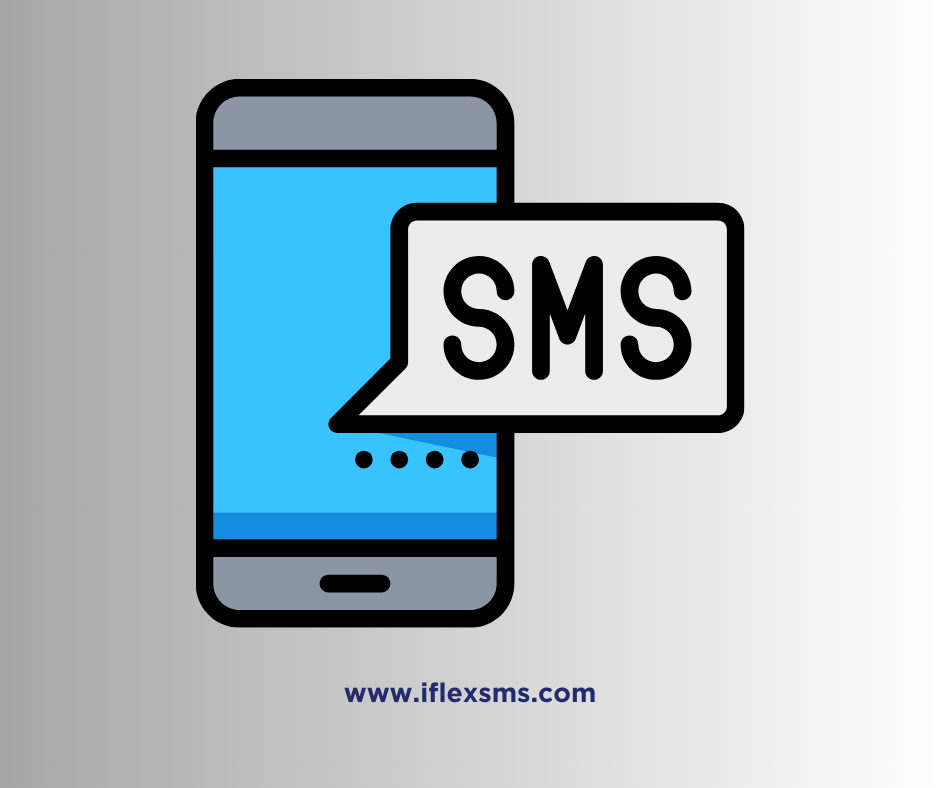The school system is finding it difficult to keep up with the exponential growth of technology. Since SMS was introduced more than 27 years ago, this industry needs to incorporate text messaging into its future communication plans.
SMS is not a novel idea, regardless of the recipients—students, parents, instructors, or the administration. Approximately 98% of text messages are read within the first three minutes of being received, demonstrating how common it is. SMS notifications assist in warning and reminding users of important information in order to address problems such as student attendance, unpaid invoices, miscommunication, and no-shows.
Certain everyday problems in education might hinder productivity, especially if there is a rift between students, parents, and school personnel. Short, straightforward text messages may be sent out instantly thanks to consistent, trackable, and succinct business messaging.
If not handled properly, issues like personnel availability, missed or unpaid invoices, appointment or class attendance, insufficient follow-ups, and accessible online security can become problematic. These problems can be handled with adaptable and efficient solutions by a strong SMS gateway without disrupting current communication systems.
How SMS enhances communication
Attendance
Peter Bergman of Columbia University claims that SMS notifications have also resulted in a 28% increase in high school student attendance. Students’ parents and guardians were informed about their involvement and efforts in the classroom. These customized text message notifications reduced informational friction between teachers, parents, and students while also increasing overall student attendance and grades.
Alerts
Recipients are informed of news, updates, forthcoming events, and more through reminders, alerts, and notifications. These messages are delivered directly to the intended recipient’s hand (set) via SMS alerts.
Observance
According to Peter Bergman of Columbia University, students’ completion rates on assignments increased by 25% when text reminders were included. In schools, the probability of poor work habits and cooperation dropped by 24% and 25%, respectively.
Rosters
Staff recruitment and rostering might be difficult enough, but in the educational sector, it can be even more important. Two-way SMS can help allocate workers who have answered with availability by sending out alerts to fill in shifts. Direct communication and prompt, real-time responses are offered by this approach.
By monitoring their attendance data, sending out automatic compliance reminders, and facilitating two-way communication for staff availability and rostering, educational institutions may maximize their resources. The education sector as a whole benefits from inexpensive bulk SMS, as do people including students, parents, and school employees.
Contact a member of our helpful Customer Care team at https://www.iFlexsms.com/contact for additional information on how to use an SMS platform to improve communication inside your educational institution.

